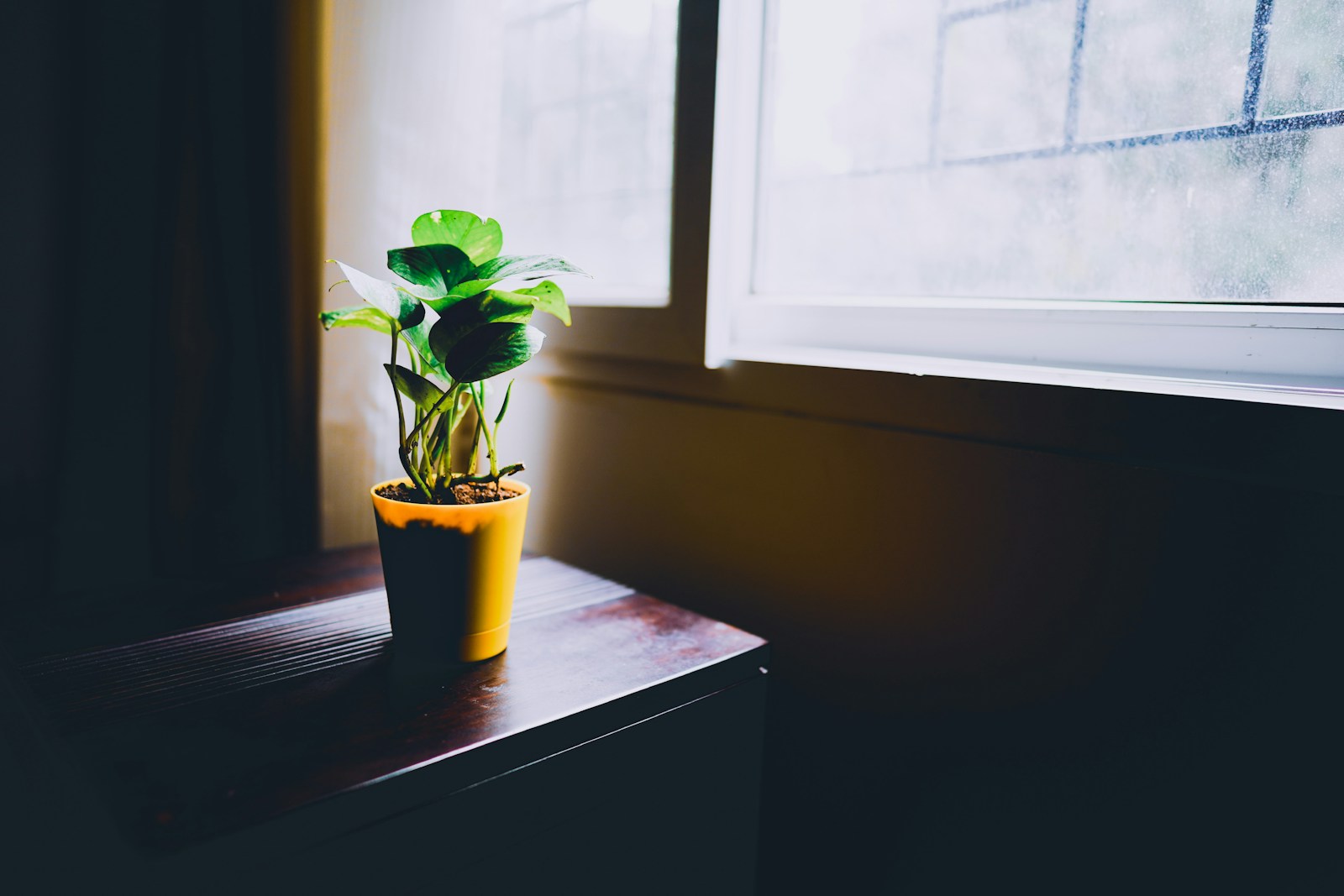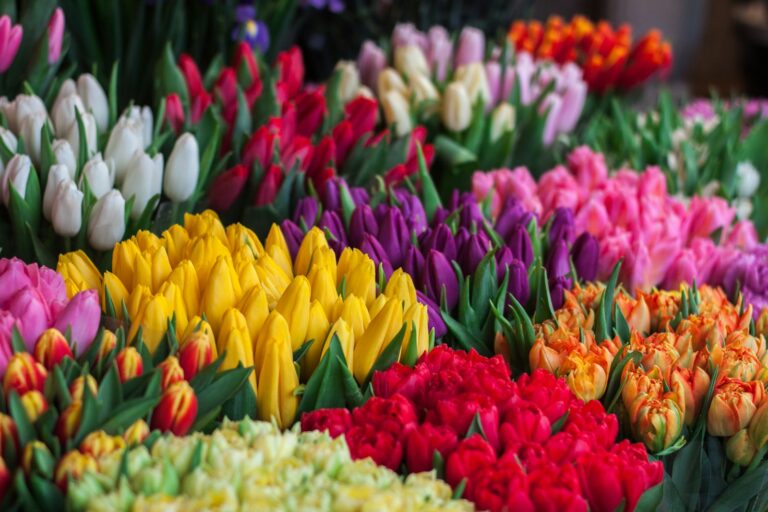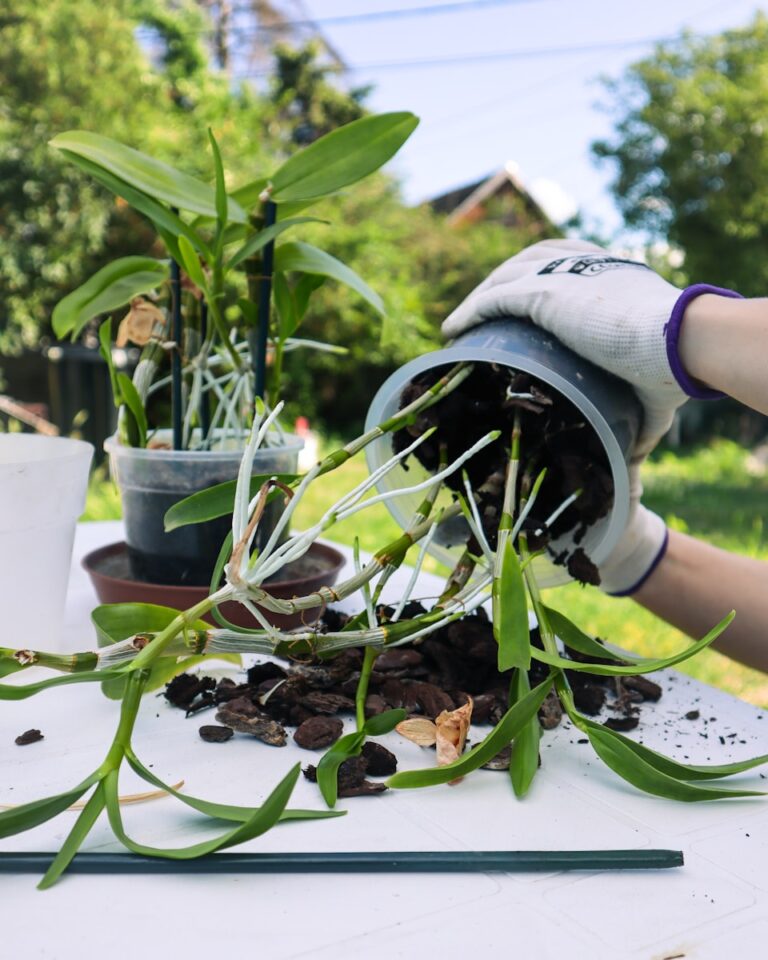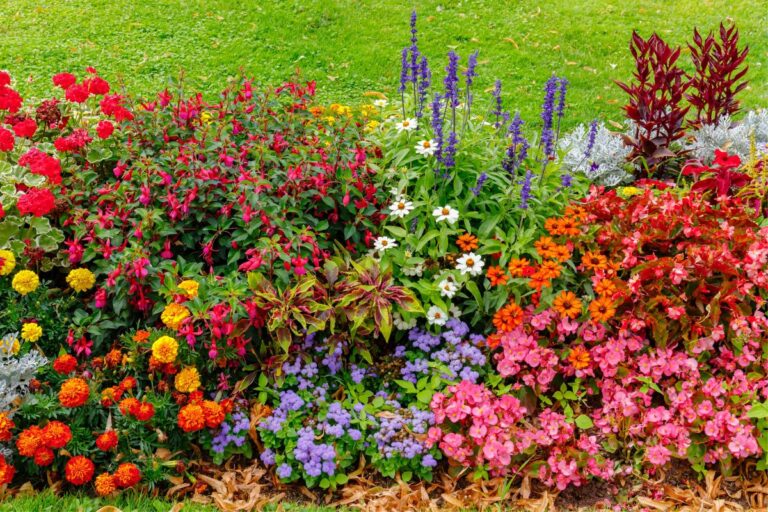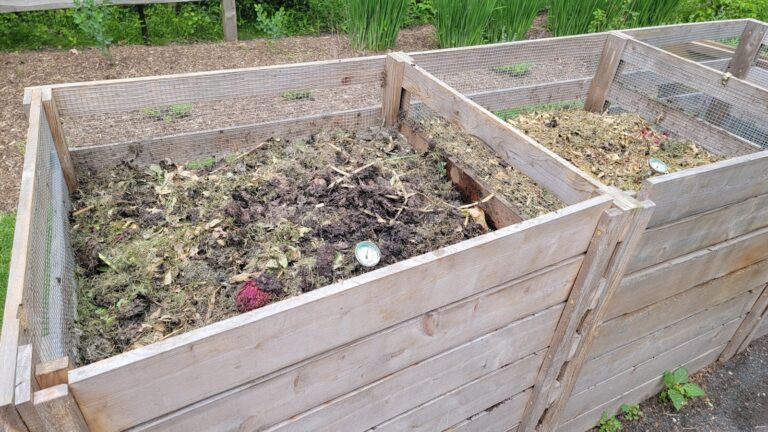Easy Ways to Bring Potted Plants Indoors and Keep Them Healthy All Winter
When the temperatures start to drop, it can be tough to watch your favorite potted plants struggle outside. If you want to help them make it through winter, bringing them indoors gives them a fighting chance.
A little preparation goes a long way to keep your green friends happy until spring.
Bring plants indoors before the first frost hits

Keep an eye on the weather forecast as the seasons change. Nighttime temperatures below 50 degrees are a sign to start moving your plants inside.
Frost can quickly damage or kill sensitive plants, especially those with delicate roots or leaves. Moving them inside early helps them adjust to their new environment.
Some plants are more sensitive than others, so check which ones need extra care. You can find lists of vulnerable plants on gardening sites like Tiny Garden Habit.
Inspect plants for pests before moving inside
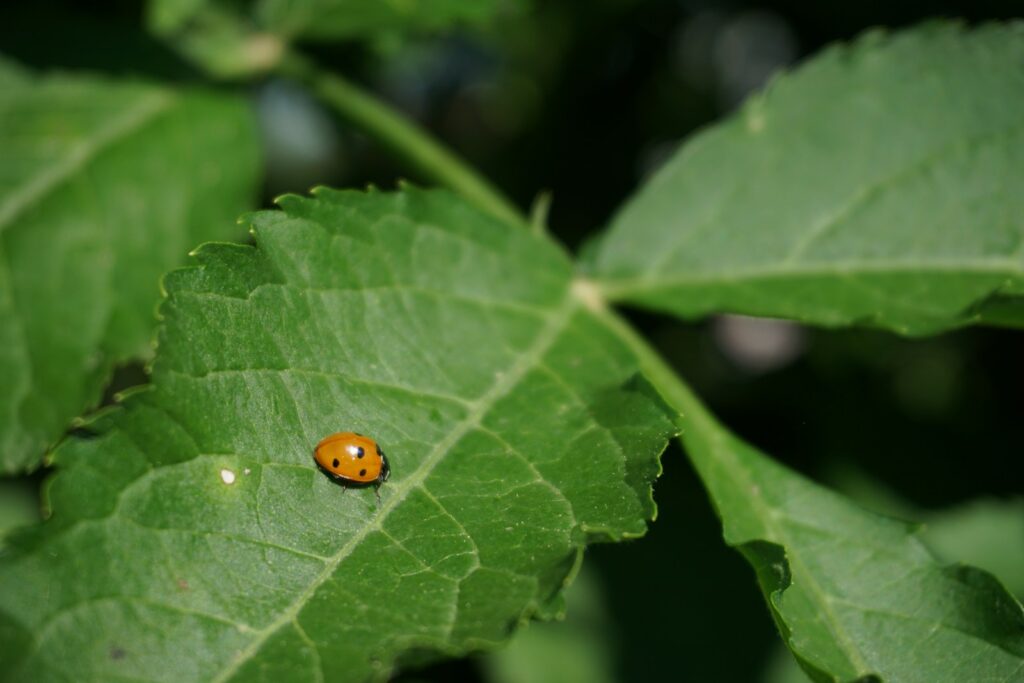
Before you bring any plant indoors, give it a close look for bugs. Check under the leaves, along the stems, and even in the soil.
Bugs like aphids and mealybugs can hide in sneaky spots. If you find any, rinse them off or use insecticidal soap.
Even if you don’t spot anything, a gentle shower or wipe-down keeps things clean. Quarantine new arrivals for a few days to make sure no pests hitch a ride into your home.
Trim dead or damaged leaves to encourage healthy growth
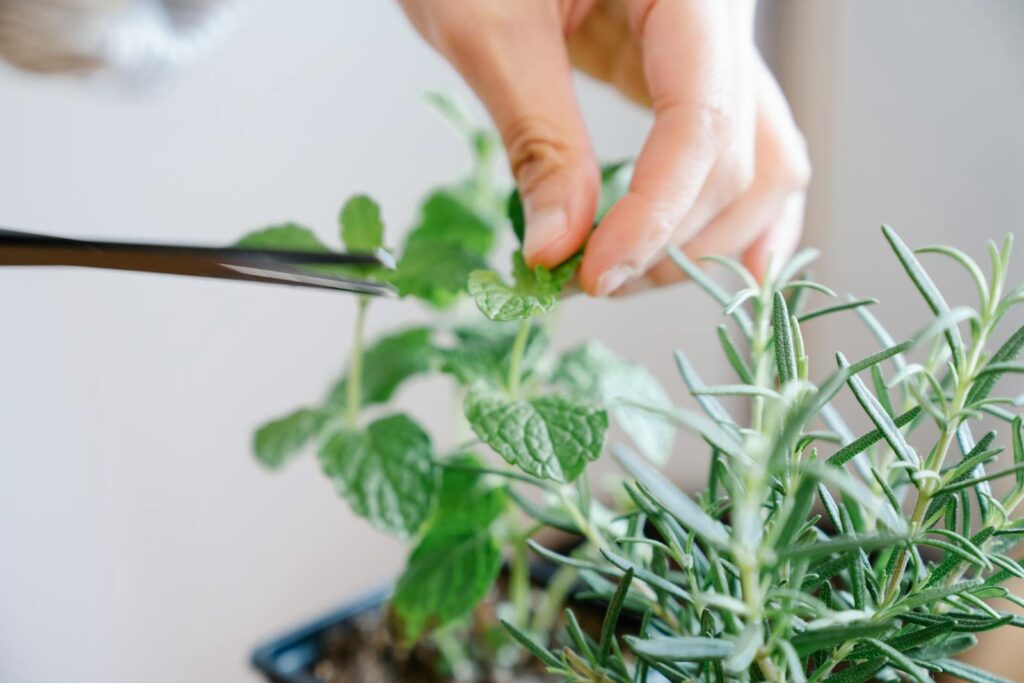
Look for leaves that are brown, wilted, or dead before bringing your plants inside. These can drain energy from the healthy parts of your plant.
Use clean scissors to trim away damaged leaves. This simple step helps your plant focus on growing strong and healthy through winter.
You don’t have to remove leaves with just a few spots or brown tips. Focus on the ones that are mostly dead or dying.
Clean pots and use fresh soil if repotting
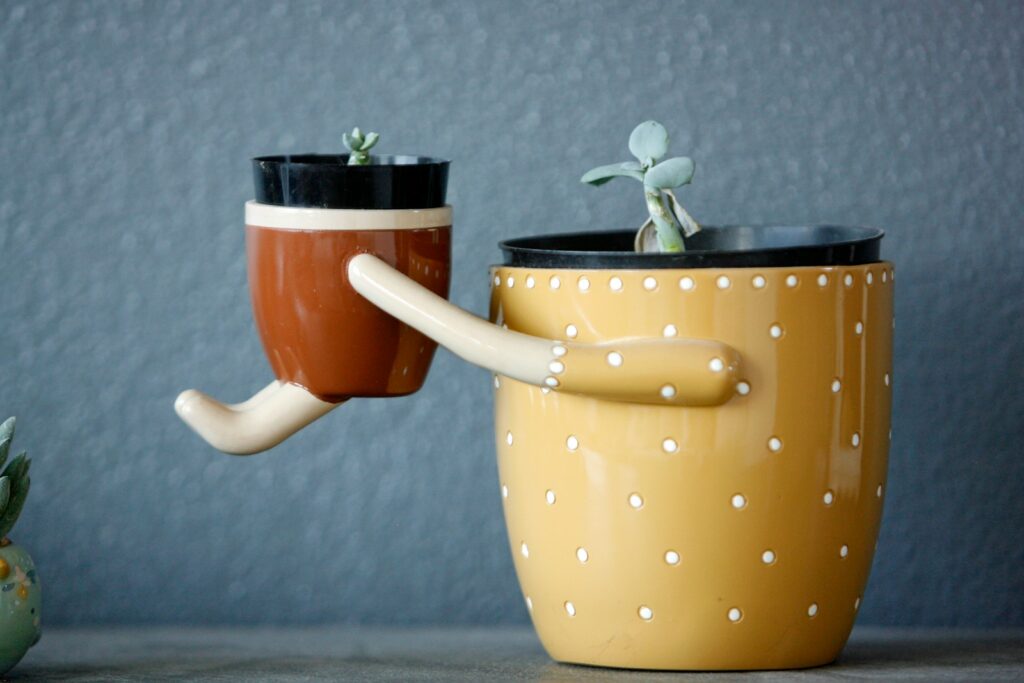
Wipe down pots with warm, soapy water to get rid of any lingering dirt or pests. Clean pots help prevent problems once your plants are inside.
If your plant needs a new home, use fresh soil. Old soil can be compacted or low on nutrients.
Choose a pot just a bit bigger than the old one if you’re repotting. Make sure the new soil drains well to avoid soggy roots.
Check the roots while repotting. If they’re circling the pot, it’s time for a bigger container and some fresh soil.
Place plants in bright, indirect light near a window
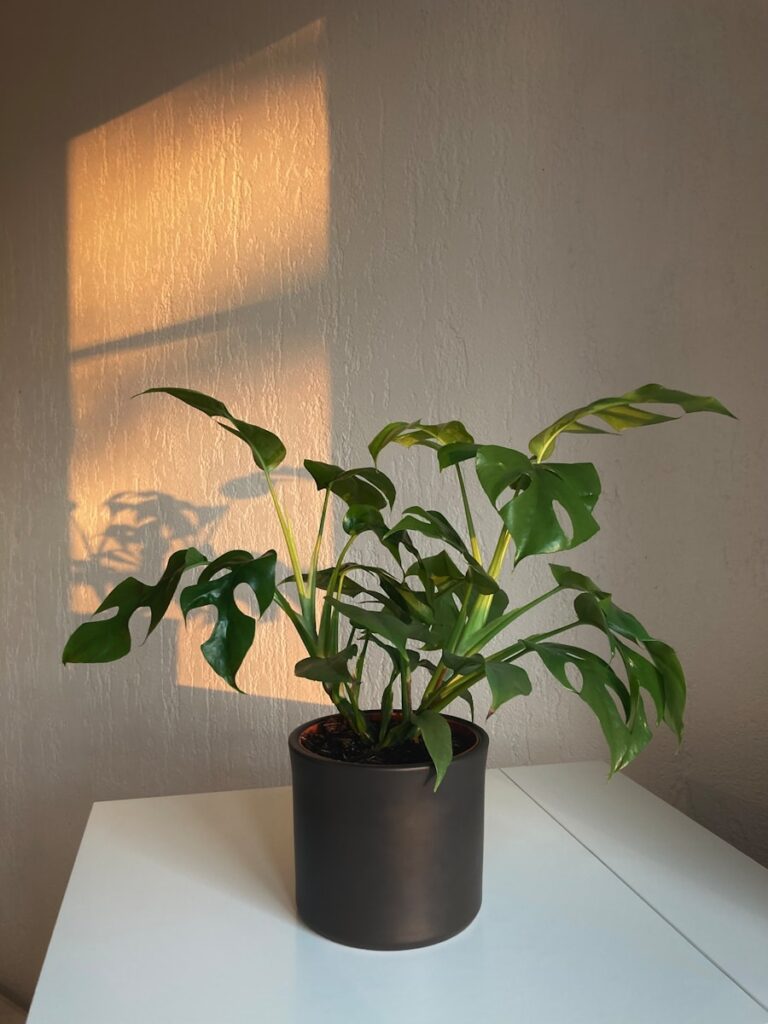
Finding the right spot indoors can make a big difference for your plants. Place them near a window where they get plenty of light, but not direct sun.
East-facing windows are great for gentle morning light. If you only have west or south-facing windows, keep plants a little back from the glass.
Sheer curtains can help soften strong sunlight. With the right light, your plants stay healthy and adjust better to being indoors.
Maintain indoor temperature between 55-70°F (13-21°C)
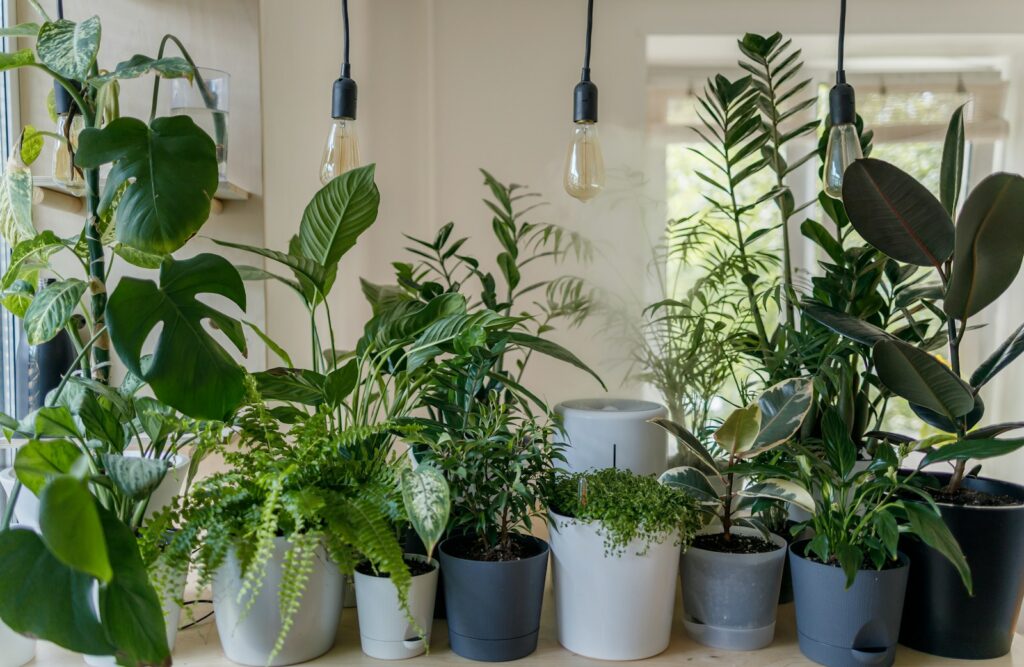
Try to keep your plants in a room that stays between 55 and 70 degrees. This range is comfortable for most houseplants.
Avoid placing them near heaters or cold drafts. Use a thermometer to keep an eye on the temperature and make small adjustments if needed.
Some plants, like cacti, can handle cooler temps. Most will do best in this moderate range.
If your space gets chilly, a small space heater nearby can help, just don’t point it right at your plants.
Water sparingly, allowing soil to dry between waterings
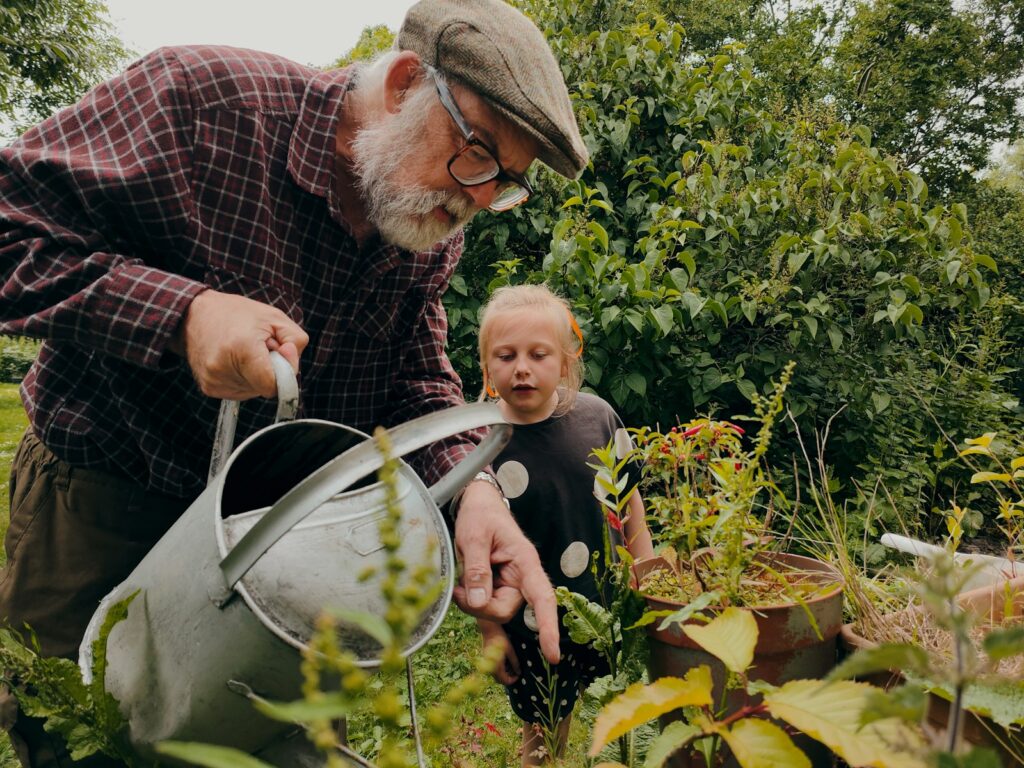
In winter, your plants will need less water than usual. Only water when the top inch of soil feels dry.
Letting the soil dry out almost completely between waterings helps prevent root rot. Make sure your pots have drainage holes so water doesn’t collect at the bottom.
Since plants grow slower in winter, they don’t need as much moisture. Check regularly and adjust as needed.
Increase humidity with a pebble tray or humidifier
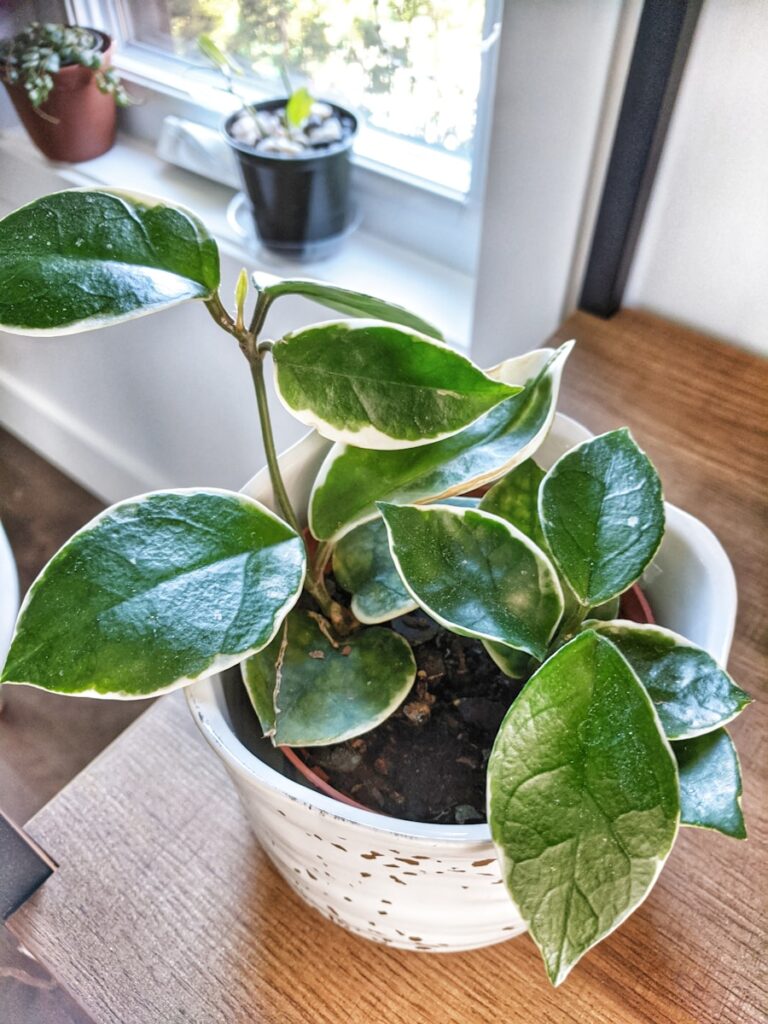
Indoor air can get dry in winter, and your plants might notice. A pebble tray is a simple way to add some moisture to the air around them.
Fill a shallow tray with pebbles and water, then set your plant on top. The water evaporates and boosts humidity nearby.
If you want to help all your plants at once, a humidifier is a good option. Adjust the settings to keep the air comfortable for both you and your plants.
Both methods are easy and make a noticeable difference during the cold months.
Avoid fertilizing during winter dormancy
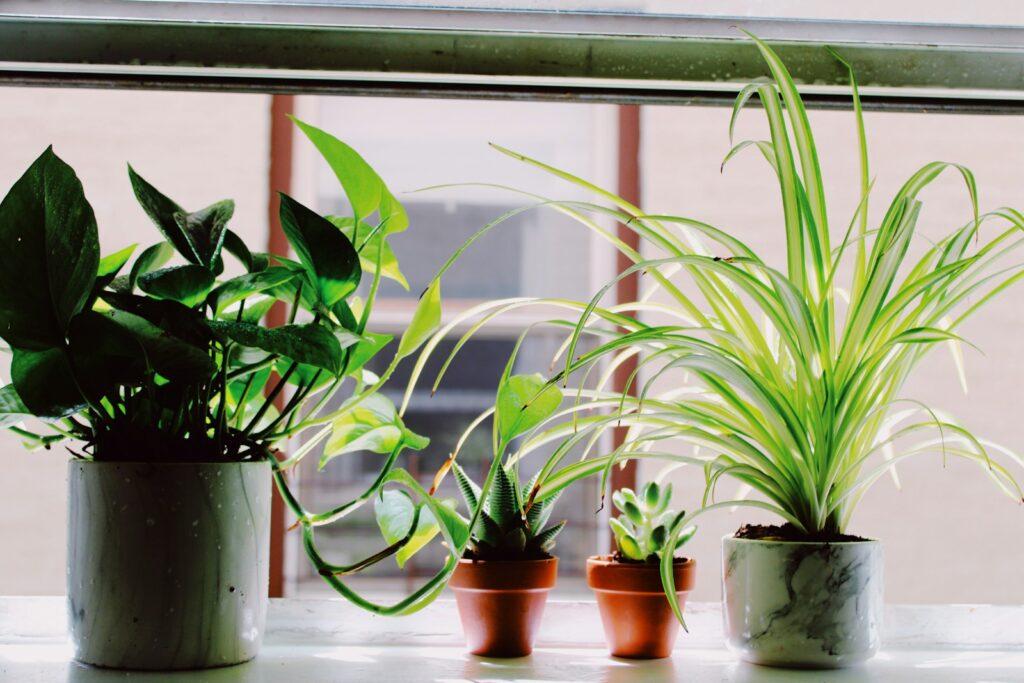
Winter can be a tough time for your potted plants. As the days get shorter and temperatures drop, plants naturally slow down and take a break from growing.
During this resting phase, they use less energy and do not need extra nutrients. Fertilizing during this period can actually do more harm than good.
Extra fertilizer may stress your plants and make them more vulnerable to diseases. It is best to hold off on feeding until you see signs of new growth in the spring.
Giving less water and skipping fertilizer helps your plants recharge for the next season. When warmer weather comes back, your plants will be ready to thrive.

